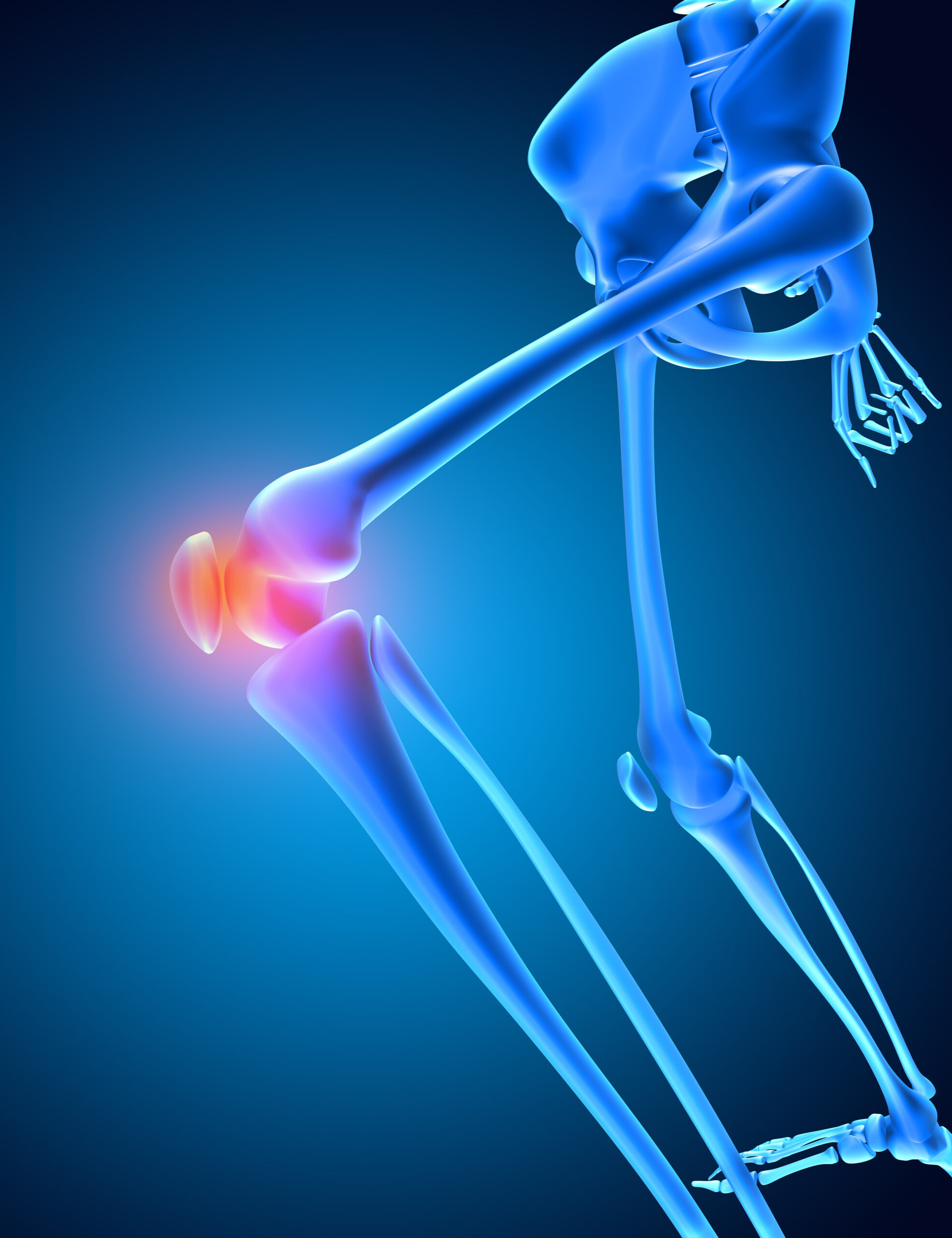Cervical cancer is among one of the most common cancers in women across the globe. It occurs in the cervix, the lower portion of the uterus that opens into the vagina. The disease is most often caused by chronic infection by specific types of human papillomavirus (HPV). Knowing the risk factors, ways to prevent, and treatment available can help to minimize the impactful disease.
Causes and Risk Factors
Persistent infection with high-risk HPV serotypes is the most common cause of cervical cancer, with HPV-16 and HPV-18 accounting for most cervical cancer cases. HPV is a common virus that is typically spread by having sex with someone who has the virus. Although the majority of HPV infections do not cause any problems and go away without treatment, persistent infections can cause changes to cervical cells, which in very few cases can turn cancerous.
Other risk factors that make more prone to cervical cancer include:
● Early age of sexual activity – Increases the chance of exposure to HPV.
● Having multiple sexual partners – Increases the risk of HPV infection.
● Smoking – There are toxic substances in tobacco that can damage cervical cells.
● Weakened immune system — Conditions like HIV/AIDS make it more difficult to clear HPV infections.
● Use of certain birth control pills over a long period of time.
● Family history – Genetics may also play a role in the likelihood of developing cervical cancer.
Pathogenesis: How Cervical Cancer Develops
Cervical cancer typically takes years to develop, going through the following stages:
● HPV Infection: The virus infects cells in the cervix, generally not producing any symptoms at first.
● Cellular Changes: If the immune system fails to clear the virus, infected cells may undergo precancerous changes, called cervical intraepithelial neoplasia (CIN).
● Precancerous Lesions: Some cases of CIN progress to high-grade dysplasia, which carries a greater risk of developing into cancer.
● Invasive Cancer: Eventually, these abnormal cells may spread to deeper layers of the cervix and to other parts of the body.
This transformation is driven primarily by the action of human papillomavirus (HPV) oncoproteins E6 and E7, both of which inhibit the function of tumor-suppressor genes (p53 and Rb) causing unscheduled cell proliferation.
Symptoms of Cervical Cancer
Cervical cancer doesn’t usually show symptoms in early stages, which is why regular screening is important. As the disease advances, symptoms can include:
● Vaginal bleeding not normally seen (after sex, between periods, or postmenopausal).
● Persistent pelvic pain.
● Vaginal discharge, which sometimes smells.
● Pain during intercourse.
If any of these signs are present, a medical evaluation is indicated.
Prevention Strategies
- HPV Vaccination – Vaccines like Gardasil and Cervarix prevent HPV types that cause most cervical cancers. The vaccine is now recommended for preteens (ages 9–14) and can be administered through age 45.
- Regular Screening – Cervical changes can be detected before they turn cancerous through routine screening. There are two major tests, which are:
- Pap smear (Pap test): Detects abnormal cervical cells.
- HPV test: Identifies high-risk HPV infection.
- Screening recommendations:
- Ages 21–29: Pap smear every 3 years.
- Ages 30–65: Pap smear + HPV test every 5 years or Pap smear only every 3 years.
- 65 and older: Screening could end if prior results have been normal.
- Lifestyle Modifications – Avoid smoking. Use safe sex practices and condoms to lessen HPV transmission. Follow a proper diet and practice exercise regularly to keep healthy immunity.
Diagnosis and Staging
If any abnormal screening results are found, a series of tests like a colposcopy, biopsy, and imaging (MRI, CT or PET scans) will be performed to confirm the diagnosis and confirm the stage of the cancer.
Cervical cancer is staged from Stage 0, or carcinoma in situ, to Stage IV, with advanced cancer that has spread to other organs.
Treatment Options
Treatment depends on the stage of cancer and health overall and fertility concerns. Common treatments include:
- Surgery
- Conization: Extracting a small, cone-shaped piece of abnormal tissue.
- Hysterectomy: The removal of the uterus, and sometimes nearby lymph nodes.
- Radiation Therapy
- External beam radiation: Sends high-energy rays to kill cancer cells.
- Brachytherapy: Radioactive material is inserted directly into the cervix to kill cancer cells.
- Chemotherapy – Indicated for advanced or recurrent cervical cancer. Drugs, including cisplatin and paclitaxel, are widely used.
- Targeted Therapy and Immunotherapy
- Bevacizumab (Avastin): A targeted drug that blocks blood vessel growth in tumors.
- Pembrolizumab (Keytruda): For advanced cervical cancer.
Prognosis and Survival Rates
When diagnosed and treated early, cervical cancer has a high survival rate. 5-year survival rates are approximately-
Stage I: 90%
Stage II: 60–80%
Stage III: 30–50%
Stage IV: 15% or lower
Studies show that regular screening and treatment in the early stages greatly improve survival rates.
Conclusion
Most cervical cancer is preventable with HPV vaccination and regular screening. Identifying the risk factors and being aware of the early warning signs can help detect the problem at an early stage. Due to treatment improvements, many women who get diagnosed with cervical cancer go on to live healthy lives. Higher awareness and better access to preventive health care could lessen the global burden of this disease.
References
1. Arbyn M, Weiderpass E, Bruni L, de Sanjosé S, Saraiya M, Ferlay J, et al. Estimates of incidence and mortality of cervical cancer in 2018: a worldwide analysis. Lancet Glob Health. 2020;8(2):e191-e203.
2. Cohen PA, Jhingran A, Oaknin A, Denny L. Cervical cancer. Lancet. 2019;393(10167):169-182.
3. Canfell K. Preventing cervical cancer in the 21st century. Lancet. 2020;395(10224):1605-1607.
4. American Cancer Society. Cervical Cancer Causes, Risk Factors, and Prevention.
5. World Health Organization (WHO). Cervical Cancer Prevention and Control.
6. Centers for Disease Control and Prevention (CDC). Cervical Cancer Screening Guidelines.





